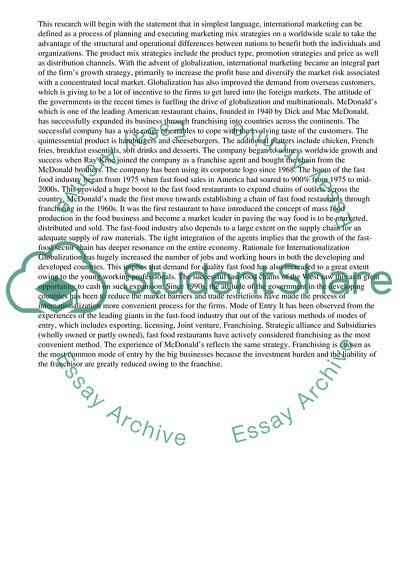Cite this document
(“The product mix strategies that McDonalds has taken in the expansion Essay”, n.d.)
Retrieved from https://studentshare.org/business/1497944-international-marketing-waleed
Retrieved from https://studentshare.org/business/1497944-international-marketing-waleed
(The Product Mix Strategies That McDonalds Has Taken in the Expansion Essay)
https://studentshare.org/business/1497944-international-marketing-waleed.
https://studentshare.org/business/1497944-international-marketing-waleed.
“The Product Mix Strategies That McDonalds Has Taken in the Expansion Essay”, n.d. https://studentshare.org/business/1497944-international-marketing-waleed.


